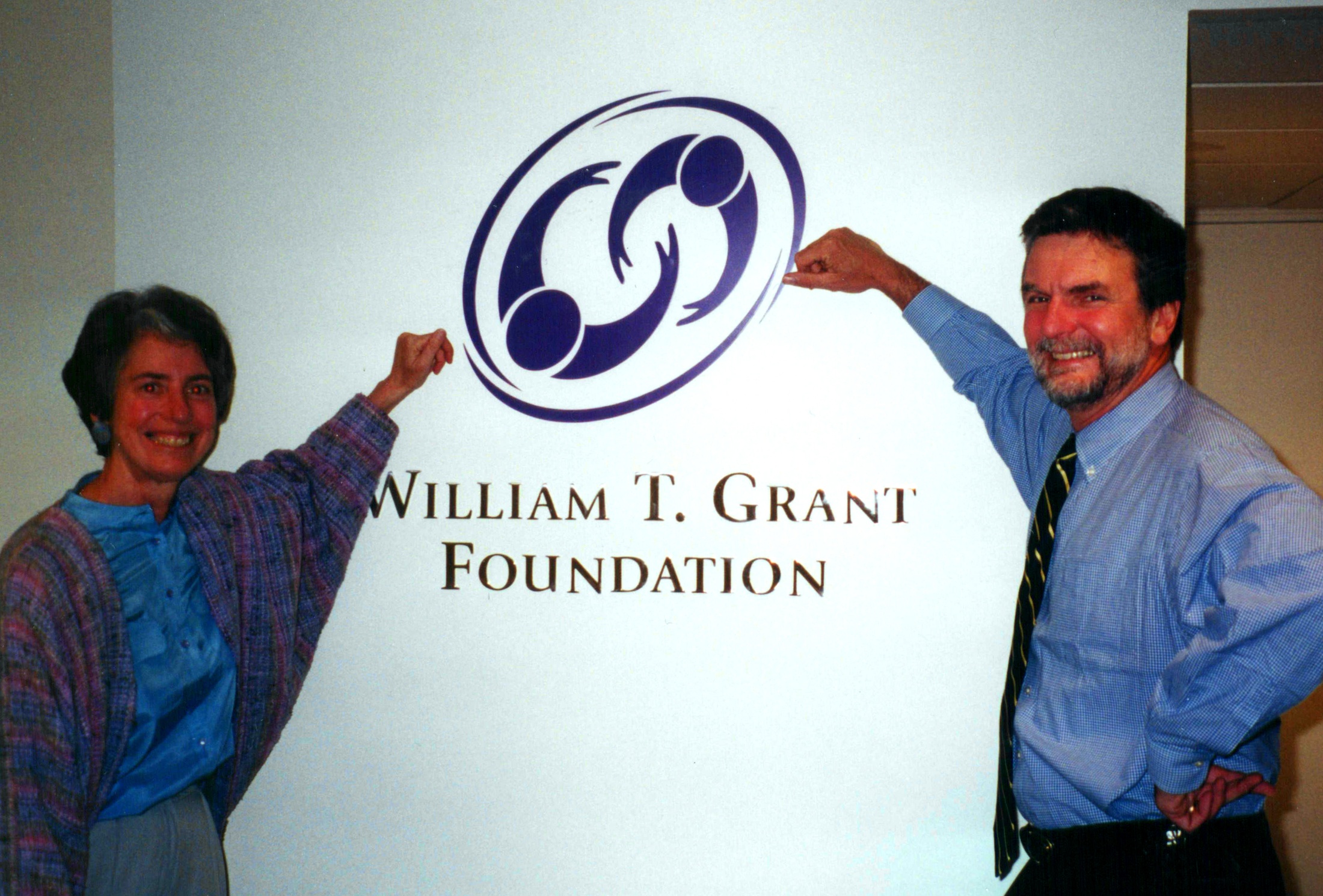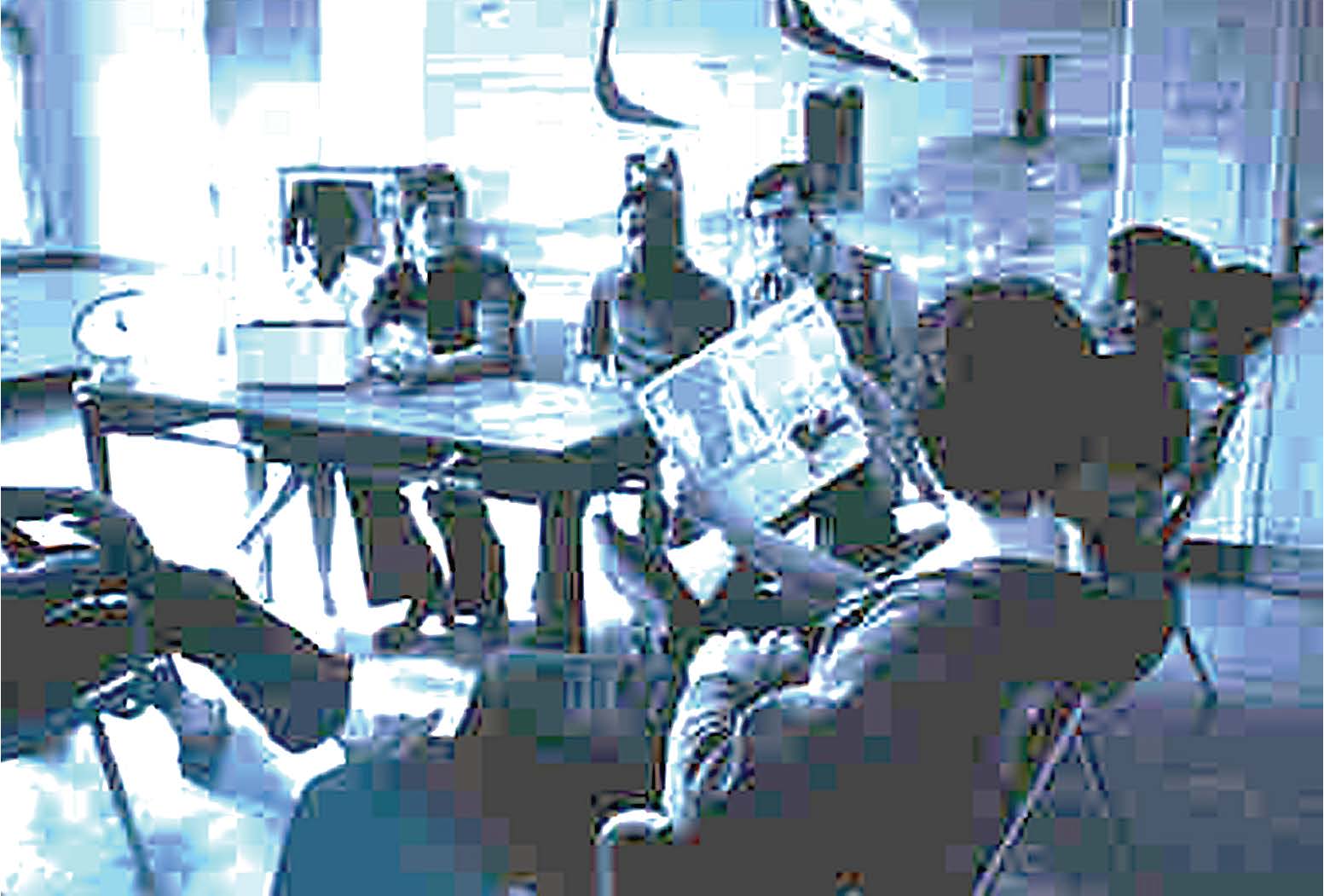Pictured: Karen Hein with Hillary Clinton at “The White House Conference on Raising Resourceful & Responsible Young People
Youth Development Research
Originally trained as a pediatrician, my specialty fellowship training was in Adolescent Medicine. This phase of life, characterized by rapid growth and change in body, mind, abilities, and societal role combines the medical and behavioral sciences, and was a new discipline when I was trained in the 1970’s. My research, program development and policy work focused on the unique considerations and contributions of young people, often in partnership with those most affected.
The theme underlying this body of work was to investigate, analyze and promote ways to support young peoples’ ability to live up to their full potential….to thrive, not merely survive. It fits into a tradition of looking at assets rather than deficits in individuals and their environment. It considers the ‘social determinants of health’ (namely where one lives, works, goes to school, plays and prays as factors which can contribute to development of individuals or a community.
Photo: Karen Hein MD (President) and Bob Granger (Executive VP) of the William T Grant Foundation.

William T. Grant Foundation The Foundation was begun in 1936, named after the entrepreneur whose “Grant Stores” were the first variety stores in the US. The founder was intrigued by the newly developed social and behavioral sciences and used the funds to understand youth development from new perspectives, based upon his own experience as a teenager when a supervisor encouraged him in his job as a shoe salesman. As Foundation President (1998-2003) , our growing assets enabled our portfolio to include a wider variety of “research to improve the lives of young people” through a host of programs around the country, including appointing a group of William T. Grant Scholars whose early careers were supported for 3 years many of whom have become the new leaders in youth development research, policy and practice over the decades.
Youth Detention & Prison Health as a place for helping young people. (Hein K, Cohen MI, Litt IF, Schonberg SK, Meyer M, Marks A, Sheehy AJ: Juvenile detention: Another boundary issue for physicians. Pediatrics, 66:239–45, 1980.) As part of my Adolescent Medicine Fellowship, I spent time at both Riker’s Island and Spofford Juvenile Center, both housing young people who were involved with the criminal justice system. Montefiore Medical Center in the Bronx had contracts to provide health care for those who were incarcerated and detained in these facilities. The Adolescent Medicine Division took the lead in not only providing excellent health care for these young people, but also helped to develop standards of care that became the basis of national standards of care for these facilities.

SPOFFORD: New York City’s Youth Detention Center, located in the South Bronx was the only such place serving all of the boroughs of the city at the time I became the Medical Director (1973-1978) after the initial program was developed by mentor, Iris Litt MD. It was considered a ‘model program’ because of the comprehensive screening, diagnostic and treatment services provided through a contract with Montefiore Medical Center. Depending upon the political winds at the time, the young people were viewed in diametrically opposite ways—as New York’s most dangerous criminals, or alternatively as New York’s most neglected kids….same young people, counselors and facilities but viewed in different lenses politically. Their health needs fell into 3 general categories: (1) Problems resulting from inadequate previous care (e.g. dental, mental, and undiagnosed chronic illnesses etc); (2) Problems associated with congregate living (e.g. lactose intolerance made worse by institutional nutrition policies of giving residents milk at every meal and snack; (3) Emerging epidemics— first signs of infections like hepatitis, flu and even HIV that had not yet been recognized as they emerged in the wider community so had not been known as problems that first surfaced in the detained population picked up by the thorough health screening and assessment offered to every resident when they were admitted or detected during their stay which averaged 2 weeks but could go on for many months).
Residential Treatment: The August Aichhorn Center, founded by Michael and Laura Pawel was a residential treatment program located first in Manhattan with additional facilities in Brooklyn. The Aichhorn Center was named after August Aichhorn, a turn-of-the-century psychologist whose philosophy was to provide a home for young people until they were ready to create a home of their own. The young people referred and housed at The Aichhorn Center were those with both mental health as well as juvenile justice involvement, a population not easily accepted by either of the two separate systems that existed at the time. Over the decades the Aichhorn Center became a model for residential treatment, yet it was forced to close in 2020 when the political winds changed and no longer viewed this model as desirable, substituting (largely non-existent) community-based programs for these complex situations causing many young people to end up either homeless or incarcerated in programs for older teens and young adults at Riker’s Island.
Standards of Care Both The Spofford Juvenile Center and August AIchhorn Center were models of care that brought necessary services and programs to improve mental and physical health, and ameliorate conditions that could contribute to further harm. Both were emulated by others locally as well as nationally. Both contributed to the ultimate development of ‘standards of care’ for incarcerated or detained youth as well as standards for residential treatment centers for young people around the country. At this time, both have been scrutinized, criticized, and have had funds shifted to other places as the view of young people has sadly shifted again back to viewing them as a source of problems rather than the result of problems that surround them. As the pendulum swings back and forth over the decades, hopefully once again a more “positive youth development” philosophy will once again predominate.
